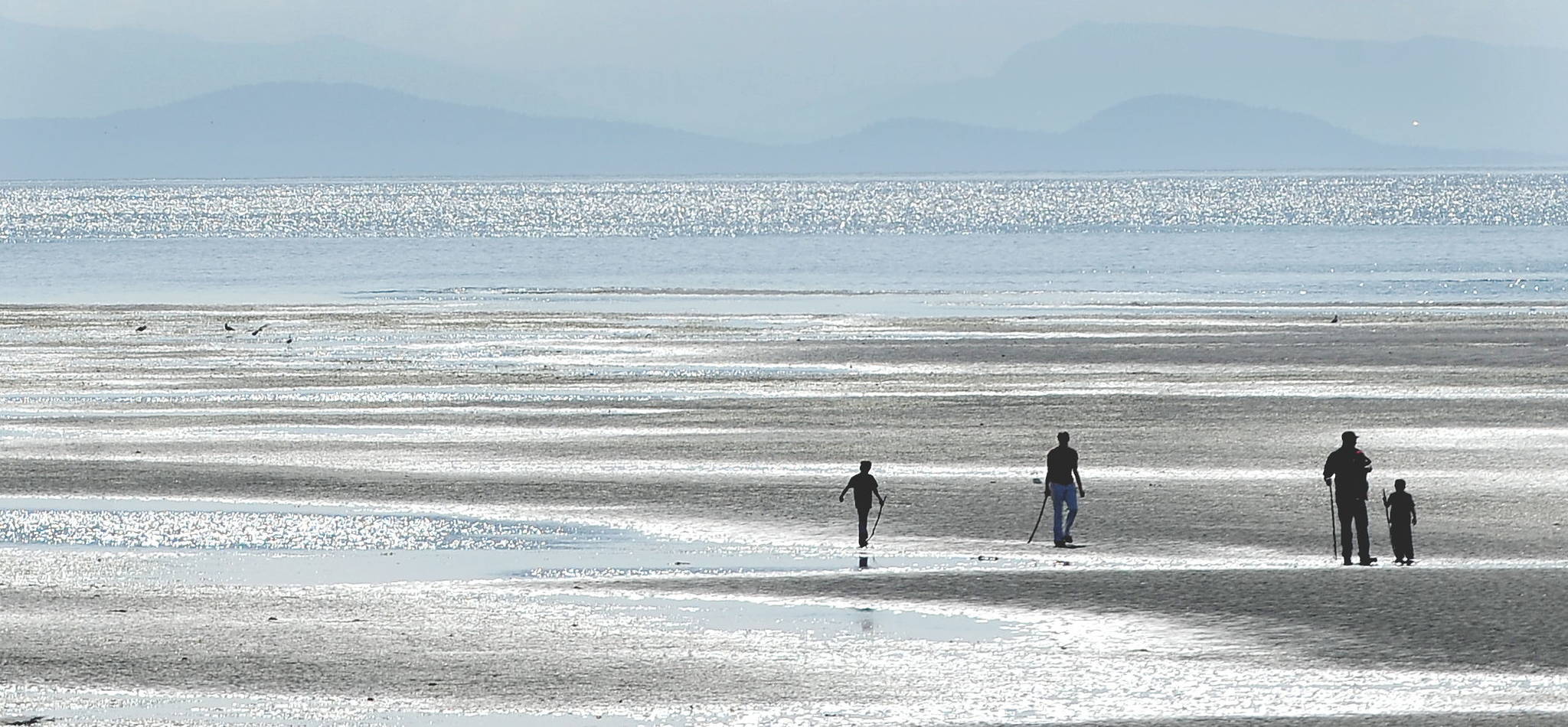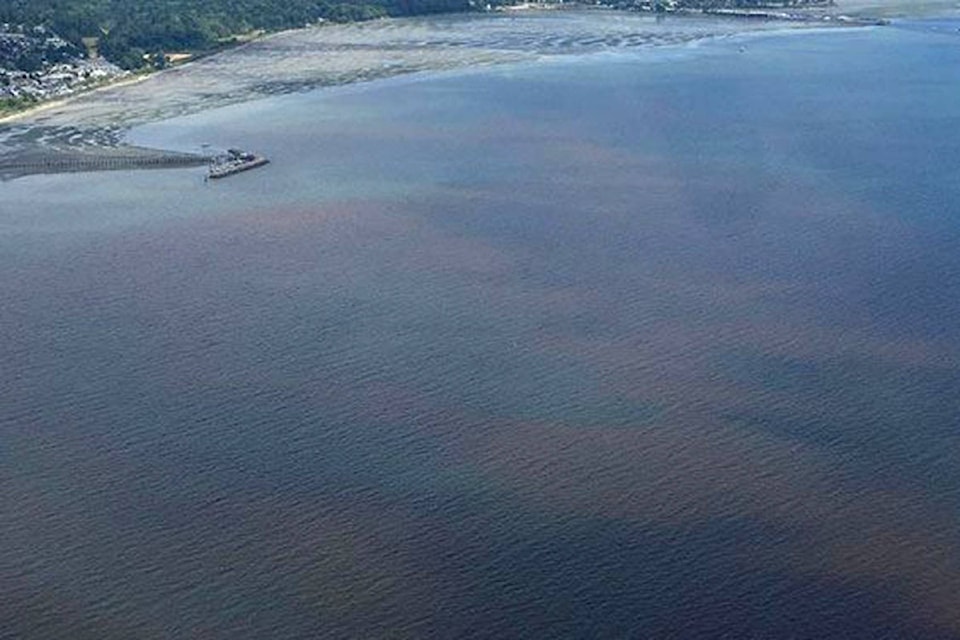The Rotary Club of White Rock-Peace Arch has backed a research project that could start the process of re-opening shellfish harvesting for Semiahmoo First Nation north of the border.
After reading an article about a project to study pollution in Semiahmoo Bay in the Peace Arch News earlier this month, the club made a “complex little manoeuver” to contribute approximately $5,500 to help Smart Shores meet its fundraising goal.
The funding has allowed Smart Shores to launch a research project to develop a cheaper way to measure coastal pollution, a method that could be used by environmental and not-for-profit groups.
Smart Shores turned to crowdfunding to pay for the project, paired with support from the federally-funded granting agency MEOPAR (Marine Environmental Observation Prediction and Response).
Fantom Fund, a program operated by MEOPAR, quadrupled each dollar contributed to Smart Shores’ Kickstarter page, bringing the project budget to $50,000, but only if the $12,500 Kickstarter goal was met.
RELATED: Environmental groups target Semiahmoo Bay
Rotary Club of White Rock-Peace Arch president John Ogilvie said it was a tricky process donating the balance to the Kickstarter page, because the club isn’t allowed to use money collected from its gaming grants for crowdsourcing websites.
“We did not ultimately fund the project because the gaming rules didn’t allow us to do it. What we did was funded the Friends of Semiahmoo Bay education program, so they could in turn use some of their discretionary cash to fund the Kickstarter program,” Ogilvie said.
“It was quite a funny little exercise, I’ve never been through one of those.”
Smart Shores founder Nathan Vadeboncoeur told PAN Monday his organization is working with Semiahmoo First Nation, Ducks Unlimited, researchers at UBC and five not-for-profit organizations to develop the new, affordable tool to test for fertilizers (organophosphates) and hydrocarbons stored in soil and clay.
“Right now, what we have to do is go and take samples and ship them to a lab and it’s fairly expensive and takes time to get it back,” Vadeboncoeur said.
The new method, he said, is to function similarly to a litmus test. The tool will allow groups to do a bunch of low-cost tests to pinpoint contaminated areas.
When asked why there wasn’t already an inexpensive pollution test on the market, Vadeboncoeur said there hasn’t been much money put towards researching such tests.
“That’s why it’s a crowdfunded initiative,” he said. “There are a lot of tests out there that allow people to measure a whole spectrum of things, but they have been more for industrial applications.”
Vadeboncoeur said Semiahmoo First Nation has allowed the researchers to use their traditional territory for the project.
He said that SFN’s shellfish fishery has been closed since 1970s due to concerns over pollution.
“Since then, the environmental awareness of people in the area – whether it’s local governments or businesses – has got a lot more environmentally friendly,” Vadeboncoeur said.
Although the shellfish harvesting is closed in Canada, “they’ve tested on the U.S. side of the border and they determined that it’s clean enough over there so that people can harvest shellfish.”
Vadeboncoeur said the Canadian side of the border has not been tested since the shellfish fishery was closed in the ’70s.
“It’s closed because it hasn’t been shown to be uncontaminated. But no one has really looked at it. We don’t know whether it’s contaminated or not.”
Vadeboncoeur said the project will allow SFN to collect data to take to Fisheries and Oceans Canada and show precisely what the bay is contaminated with, or show that there’s no contamination.
“We need to try and resolve that,” Vadeboncoeur said. “There’s been a few generations now, since the ’70s, that don’t know how to go out and dig for clams.”
Ogilvie said the project aligns with goals of Rotary, which are to promote community, peace and a healthy climate.
“It’s a bit of a research project, but if it works out, it should be of significant help to lots of environment areas – everywhere in Canada, and maybe the world – but there’s no guarantees. We thought it was a very worthy project to get involved in,” Ogilvie said.

